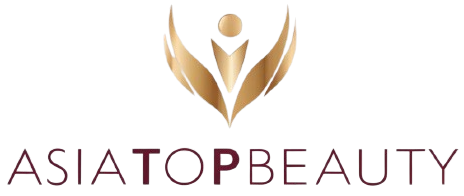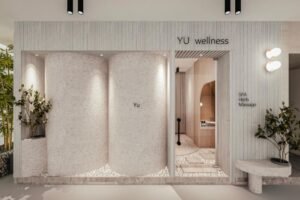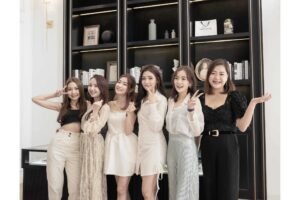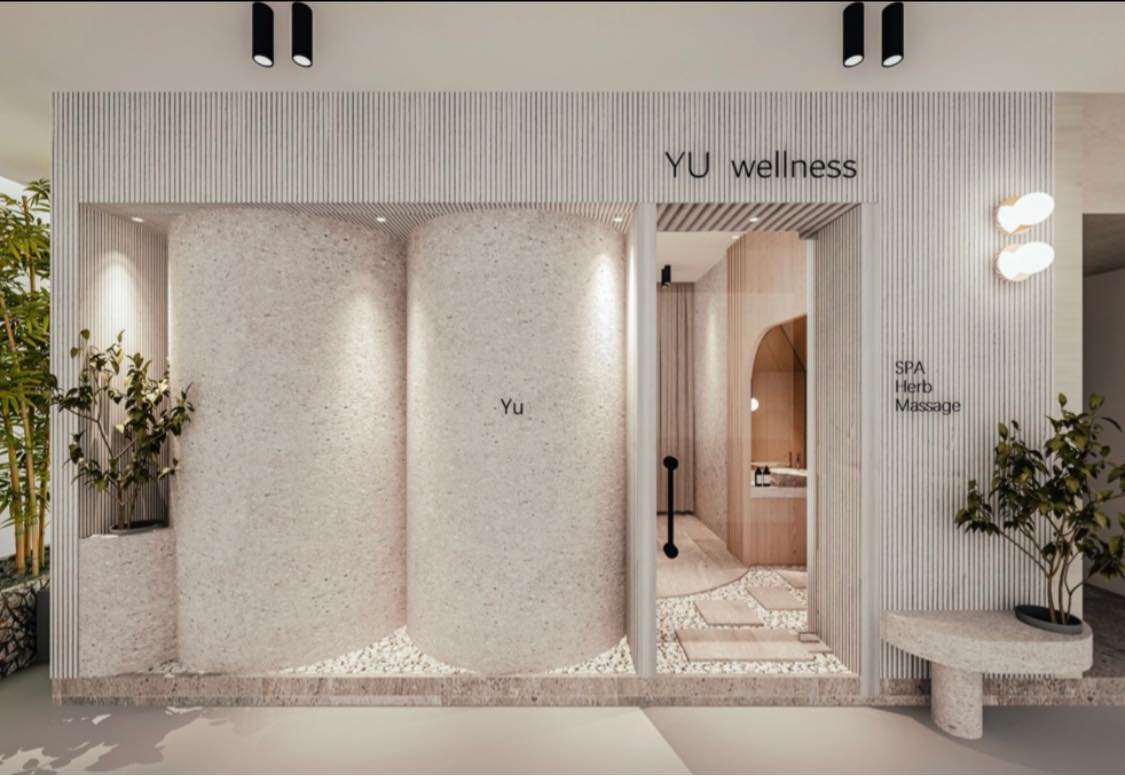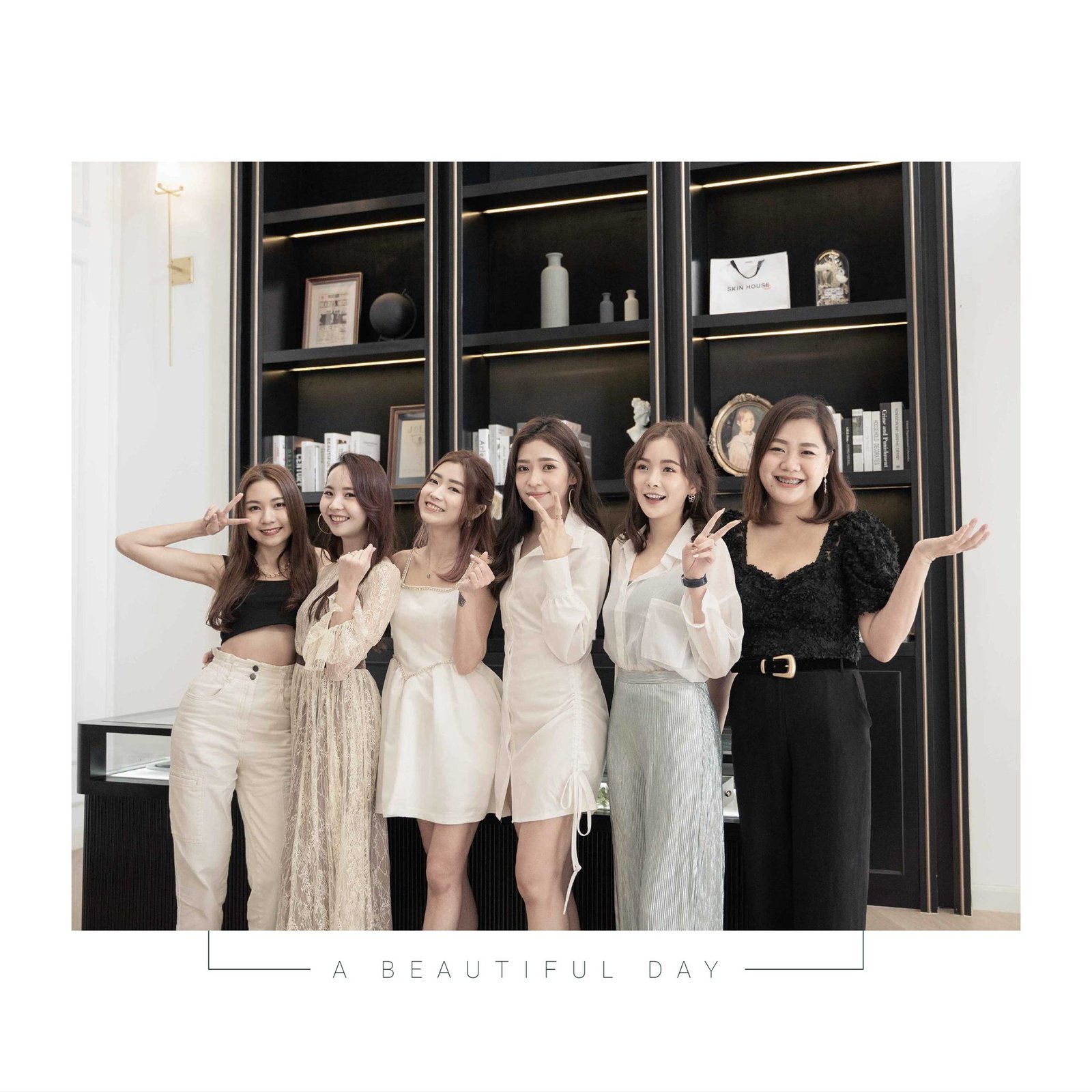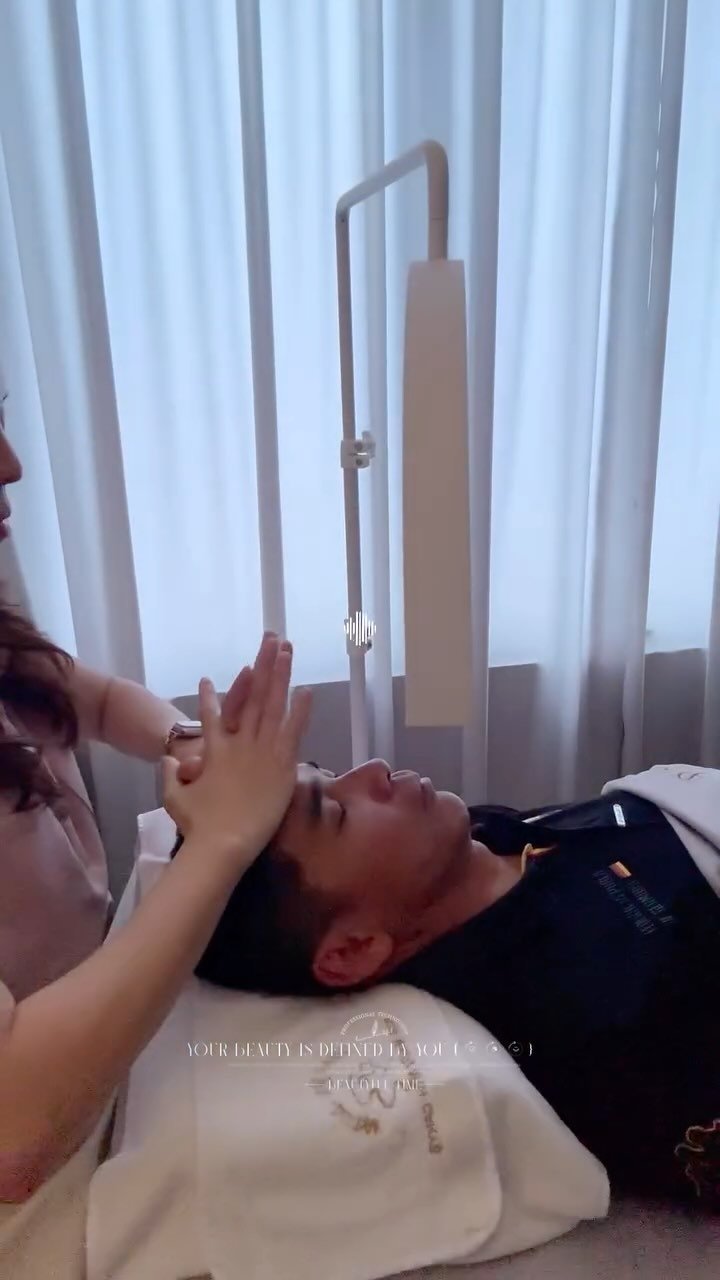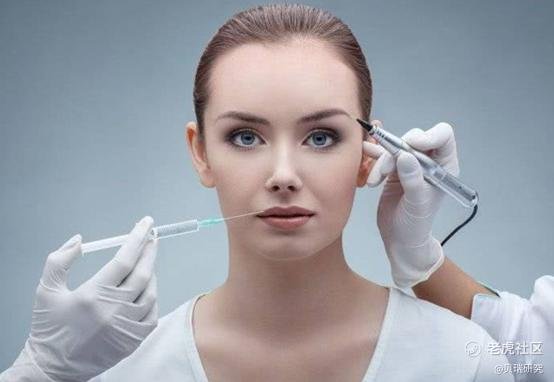In every K-drama we watch, there’s always one thing that captures attention besides the storyline: the soft, glowing, natural makeup of the female lead. Whether it’s the calm doctor in Hospital Playlist or the dazzling high schooler in True Beauty, their makeup is never overdone — yet perfectly flawless. This is the essence of Korean-style makeup. So, 【 How to Do Korean Makeup 】 What are the hidden tricks behind that seemingly effortless look? And is there a beginner-friendly Korean daily makeup tutorial that anyone can follow?
Don’t worry — this guide reveals the beauty secrets that make K-pop idols and K-drama actresses glow on screen, all while keeping things accessible for beginners!
Step 1: Skincare First—Lay the Foundation for a “Glass Skin” Look

In Korean makeup tutorials, skincare is practically synonymous with makeup prep—it’s the foundation of the entire beauty routine. Korean beauty experts believe that only healthy, well-hydrated skin can hold makeup flawlessly. That’s why a complete skincare regimen comes first: starting with a gentle cleanser, followed by hydrating toner, deep-penetrating essence, rich moisturizing cream, and finally, a brightening primer to create a “moist canvas” for your base makeup.
This meticulous routine doesn’t just prevent dryness, caking, or flaking—it brings out a natural, dewy glow that gives the impression of “glass skin.” Remember, no foundation can save tired or dehydrated skin, so for beginners stepping into K-beauty, skincare should always be your first priority.
Step 2: How to Do Korean Makeup | Lightweight Base to Achieve the “Barely-There” Look
The soul of Korean makeup lies in a base that’s sheer, glowy, and natural-looking. Unlike Western makeup, which often emphasizes coverage and contour, K-beauty aims for skin that appears to be “lit from within.” That’s why Korean makeup lovers opt for luminous cushion compacts or sheer-finish foundations, applying them gradually with a damp beauty sponge using a “little but layered” technique.
One of 2025’s biggest Korean makeup trends is the “hybrid base” technique: using mattifying or oil-control products on the T-zone while applying radiance-boosting products on the cheeks and forehead. This targeted base method makes the whole look feel airy, long-lasting, and most importantly, beginner-friendly—perfect for achieving a flawless yet natural finish that feels like your skin, but better.
Step 3: Brows and Nose Contour—Subtle Techniques for a Soft Look

In K-beauty, brows aren’t about making a statement—they’re about creating a gentle, harmonious facial expression. That’s why straight, natural brows are a staple in Korean makeup. Instead of strong, angular shapes, they use soft brown or gray-toned pencils to gently fill in sparse areas, followed by blending with a spoolie to ensure a seamless, airy effect.
Nose contour is just as subtle. The goal isn’t dramatic definition, but a light shadow along the bridge of the nose (the “nose root”) to enhance facial structure gently. Korean stars often emphasize natural shadows over harsh lines, keeping the overall look soft and youthful. Mastering this step helps you nail the “effortlessly pretty” Korean celebrity vibe without drawing too much attention to the makeup itself.
Step 4: Eye Makeup Should “Be There,” But Never Steal the Show
Many assume all Korean eye makeup looks the same, but it’s actually a detailed art form centered around subtlety and softness. K-beauty eye looks typically use muted shades like coral, dusty rose, soft brown, or peach to add dimension without sharp contrast. Rather than layering for depth, the focus is on blending out edges to create a blurred, hazy effect.
Eyeliner is applied sparingly—usually just tightlining the waterline or adding a soft flick on the outer third of the lash line. Mascara is kept natural-looking, designed to separate and lengthen rather than volumize dramatically. And don’t forget the shimmery “aegyo-sal” (under-eye highlight)—a tiny touch of sparkle just beneath the eyes adds instant charm and creates that K-drama main character glow.
Step 5: The Perfect Korean Lip—A Gradient of Color and Soft Focus Finish

Lips are often the visual focal point in Korean everyday makeup. In 2025, lip trends continue to evolve from the classic gradient “bitten lips” to more refined looks like the “glossy layered lips.” This means applying a concentrated color to the inner part of the lips, blending outward with a finger or sponge, and then using concealer around the edges to blur the boundaries—creating a dreamy, soft-focus effect.
In addition to gradient lips, “blurred nude lips” are gaining popularity. These shades match the skin tone closely, and the blurred edges create a clean, filtered appearance that elevates the entire face. A touch of gloss in the center can give that effortless “just-hydrated” look that K-beauty is known for. Whether going for a natural vibe or something more romantic, mastering lip techniques is essential to perfecting the Korean makeup aesthetic.
How to Do Korean Makeup | Master the Order + Techniques = Your Own K-Drama Moment
When learning how to do Korean-style makeup, it’s not just about copying a trend — it’s about understanding the philosophy behind Korean beauty: don’t cover your features, enhance them.
By following these Korean makeup steps, even beginners or those looking for an easy, everyday routine can create their unique K-beauty glow. Whether you’re a total newbie or want to level up your look, this Korean-style makeup tutorial is your new secret weapon.
They didn’t become flawless overnight — it’s all in the details. Now it’s your turn to shine.
